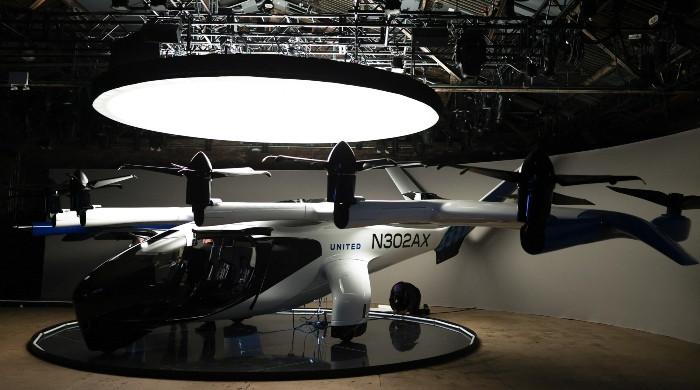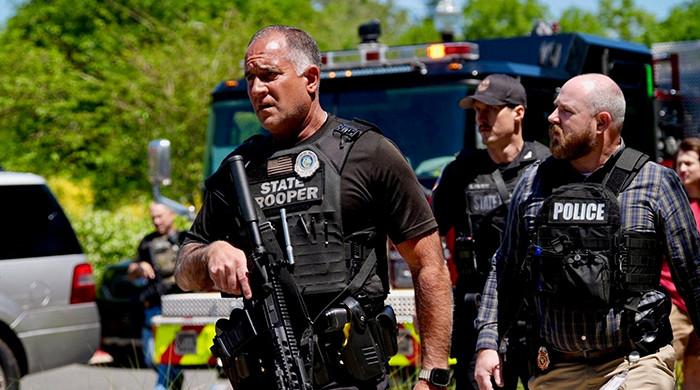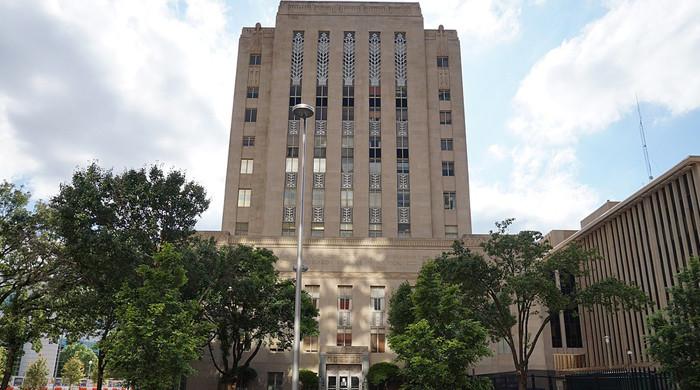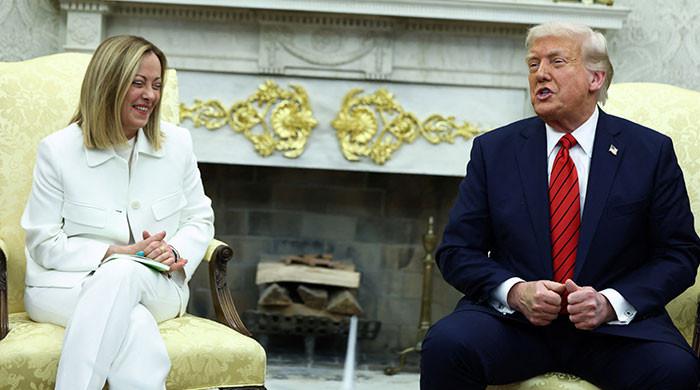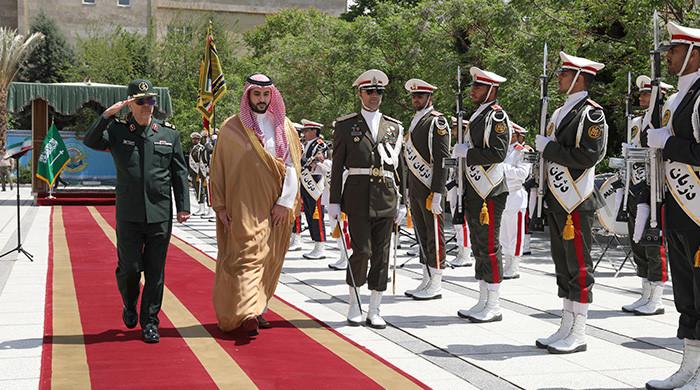US drops ´Mother Of All Bombs´ in Afghanistan
It was the first time this type of bomb had been used in combat and was dropped from a MC-130 aircraft, says Pentagon spokesman
April 14, 2017
US drops largest non-nuclear bomb in Afghanistan Read More: geo.tv/latest/137996
Posted by Geo News English on Thursday, April 13, 2017
The United States dropped a massive GBU-43 bomb, the largest non-nuclear bomb it has ever used in combat, in eastern Afghanistan on Thursday against a series of caves used by Daesh militants, the military said.
It was the first time the United States has used this size of bomb in a conflict. It was dropped from a MC-130 aircraft in the Achin district of Nangarhar province, close to the border with Pakistan, Pentagon spokesman Adam Stump said.
Also known as the "mother of all bombs," the GBU-43 is a 21,600 pound (9,797 kg) GPS-guided munition and was first tested in March 2003, just days before the start of the Iraq war.
President Donald Trump touted the bombing as evidence of a more muscular US foreign policy since he took office in January after eight years of President Barack Obama.
He described the bombing as a "very successful mission."
The security situation in Afghanistan remains precarious, with a number of militant groups trying to claim territory more than 15 years after the US invasion which toppled the Taliban government.
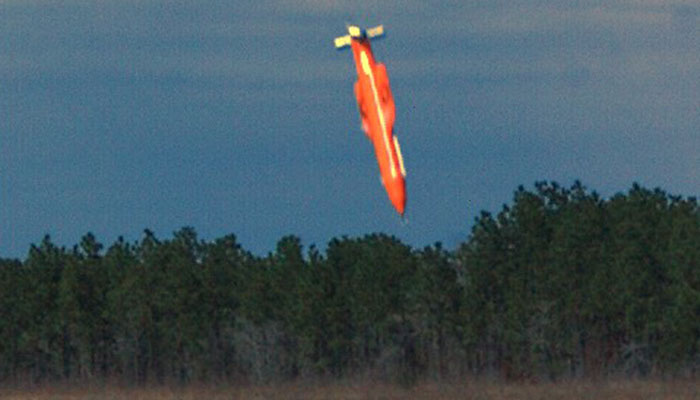
File image dated March 11, 2003, courtesy the US Air Force shows the GBU-43/B Massive Ordnance Air Blast bomb prototype moments before impact in an undisclosed location. The detonation created a mushroom cloud that could be seen from up to 20 miles away — AFP file.
General John Nicholson, the head of US and international forces in Afghanistan, said the bomb was used against caves and bunkers housing fighters of Daesh in Afghanistan, also known as ISIS-K.
It was not immediately clear how much damage the device did.
White House spokesman Sean Spicer opened his daily news briefing speaking about the use of the bomb and said, "We targeted a system of tunnels and caves that ISIS fighters used to move around freely, making it easier for them to target US military advisers and Afghan forces in the area."
Last week, a US soldier was killed in the same district as the bomb was dropped while conducting operations against Daesh.
"The United States takes the fight against ISIS very seriously and in order to defeat the group, we must deny them operational space, which we did," Spicer said.
He said the bomb was used at around 7pm local time and described the device as "a large, powerful and accurately delivered weapon." The United States took "all precautions necessary to prevent civilian casualties and collateral damage," he said.
US officials say intelligence suggests Daesh is based overwhelmingly in Nangarhar and neighbouring Kunar province.
Estimates of its strength in Afghanistan vary. US officials have said they believe the movement has only 700 fighters but Afghan officials estimate it has about 1,500.
The Afghan Taliban, which is trying to overthrow the US-backed government in Kabul, are fiercely opposed to Daesh and the two group have clashed as they seek to expand territory and influence.




